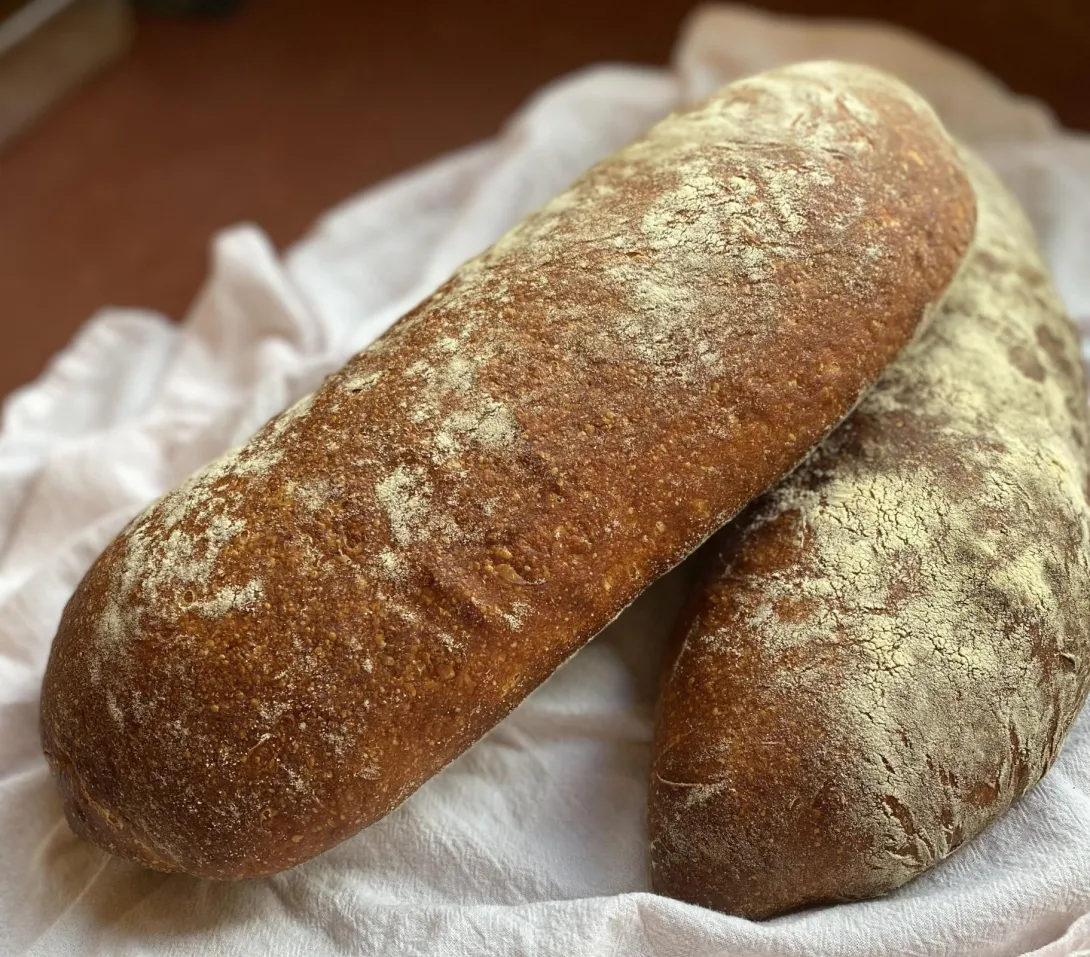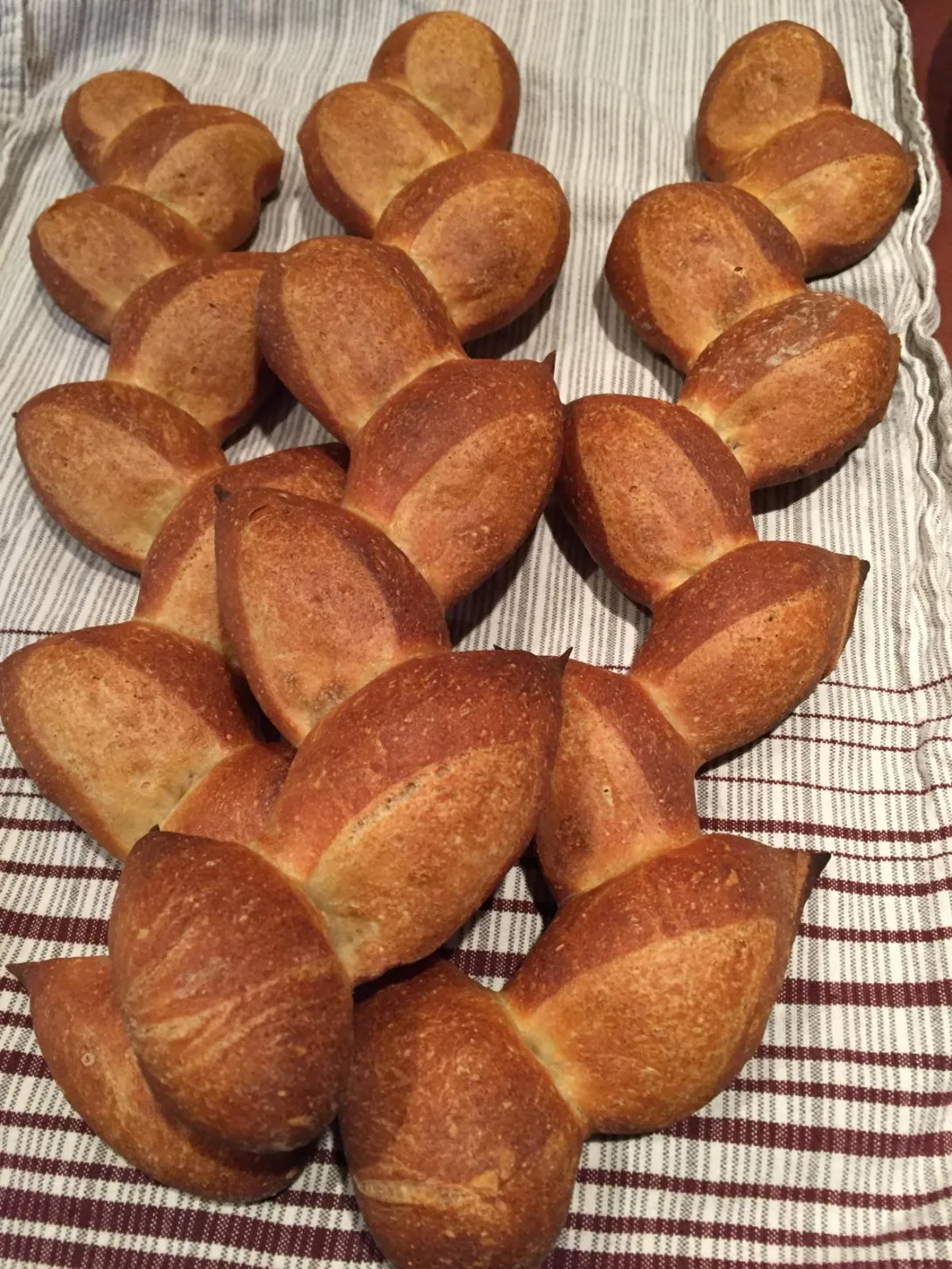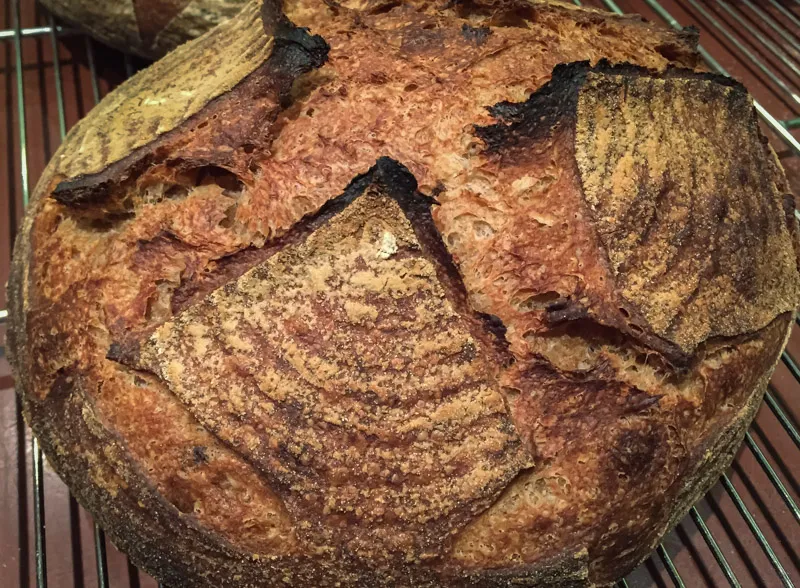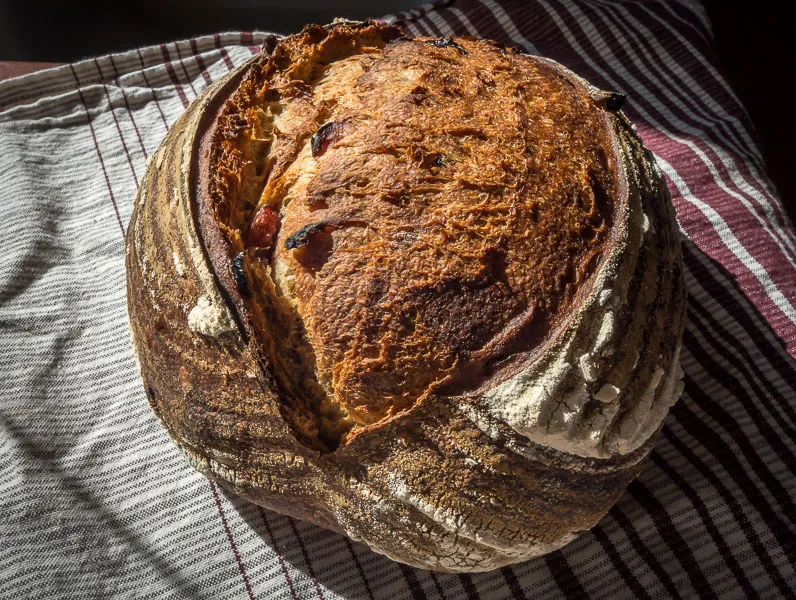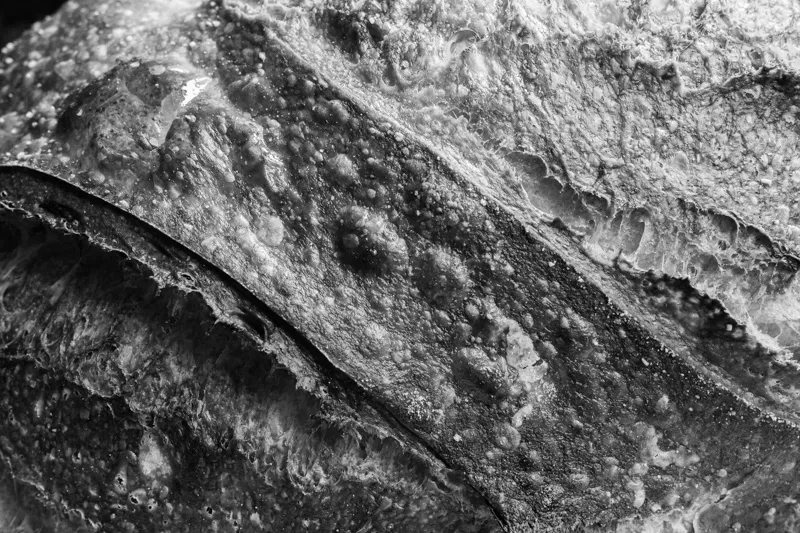breadforfun's blog
Durum bread, Michael Wilson style
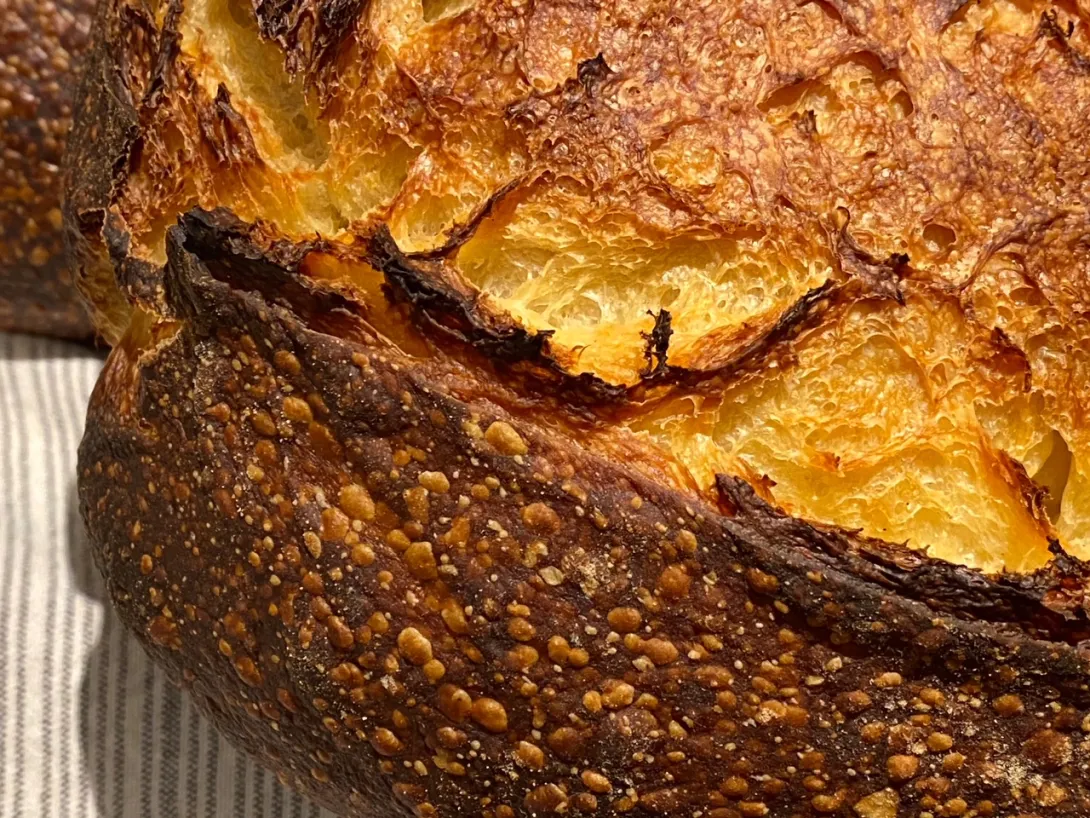
It's been a while since I posted any of my breads, but two recent bakes, inspired by Michael Wilson's post about Semola Rimacinata are worth sharing.
Community Bake: Hamelman's 5-Grain Levain
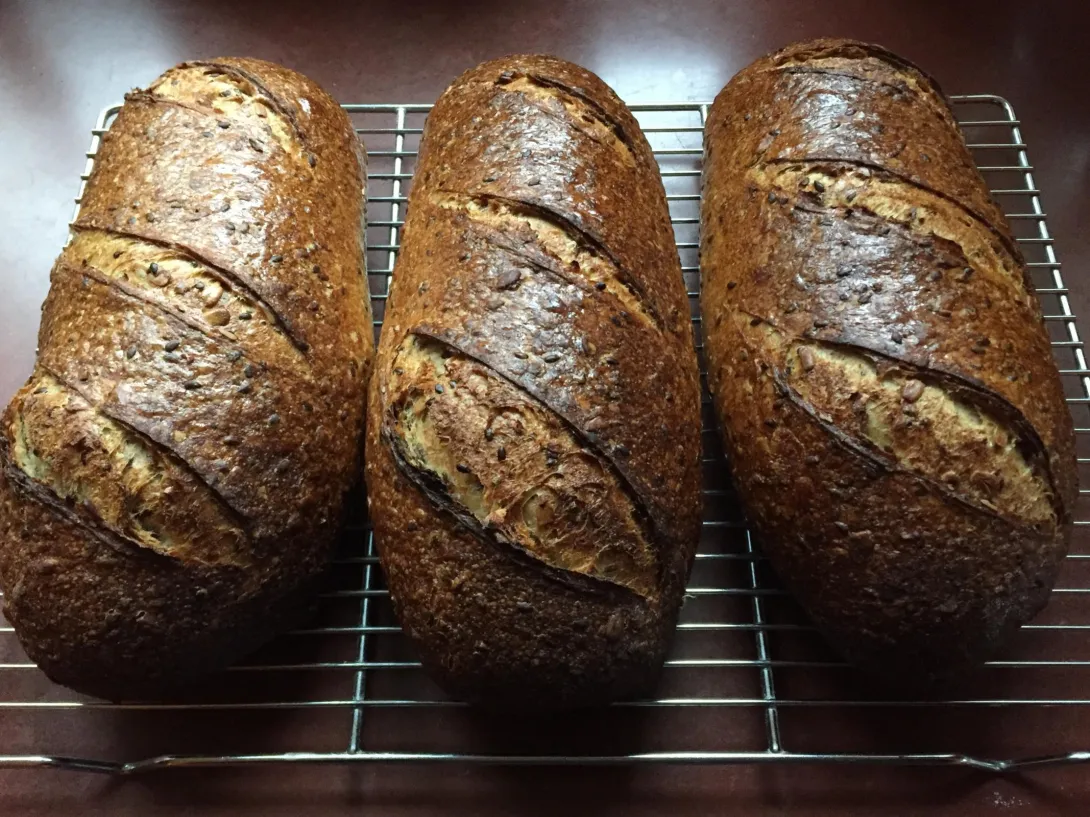
This morning I baked my version of Hamelman's 5-grain Levain. I think this is one of the best breads in Hamelman's book - it is tasty, it is easy to make, and it never fails. Needless to say, I make hardly any changes to the original recipe. Some of the details of my version are:
A most excellent bread from Prague
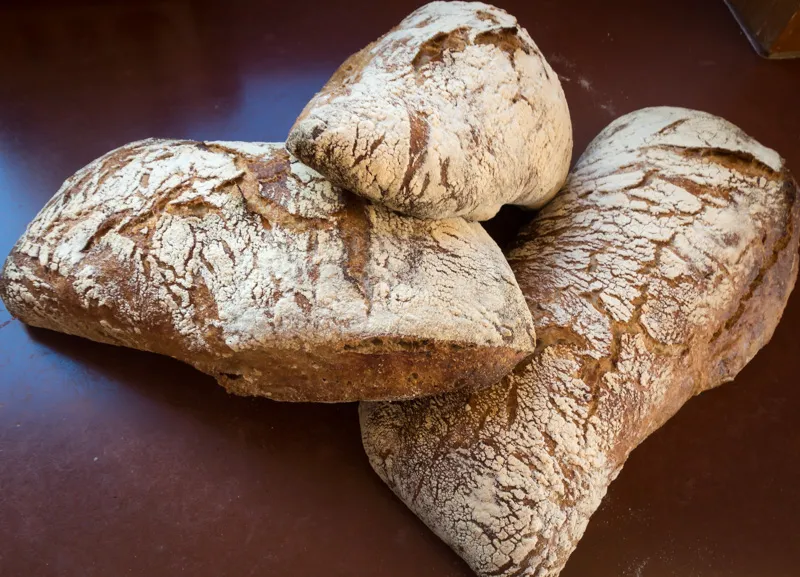
It is becoming a theme of mine when I travel, I like to seek out excellent breads in the new location, something shared, no doubt, with many other TFLers. It also has become something of an obsession that when I find a special loaf I try to reproduce it. Such is the case with this bread.
Another go at 100% Durum (Pane di Altamura)
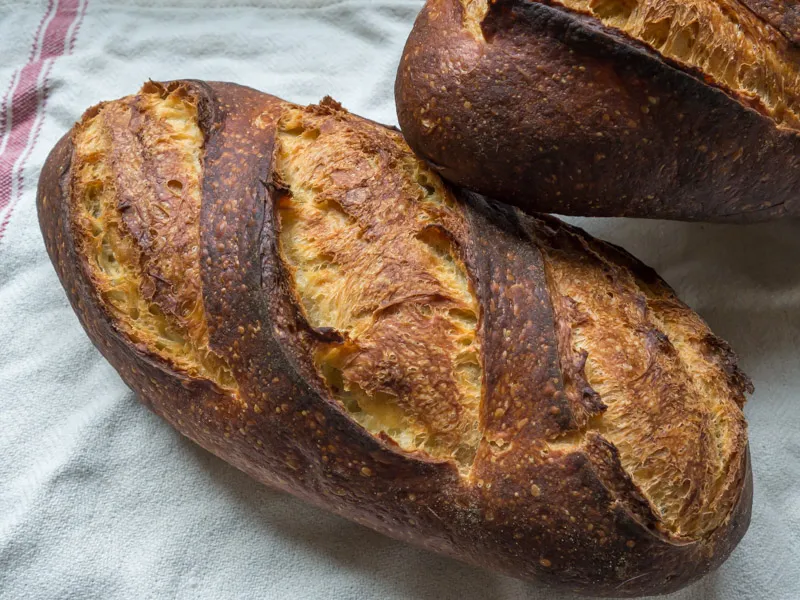
Happy New Year fellow bakers!
It has been a little while since I have posted anything new, but it’s not for lack of baking. I have a little list of favorites that I have written about before that I keep going back to.
But a few weeks back, Gaetano (inumeridiieri) posted a loaf that inspired me to get back to my two-year-on-again-off-again attempt to reproduce Pane di Altamura. I have gotten some excellent results the past month to share.
Jumping (again) onto the Altamura bandwagon
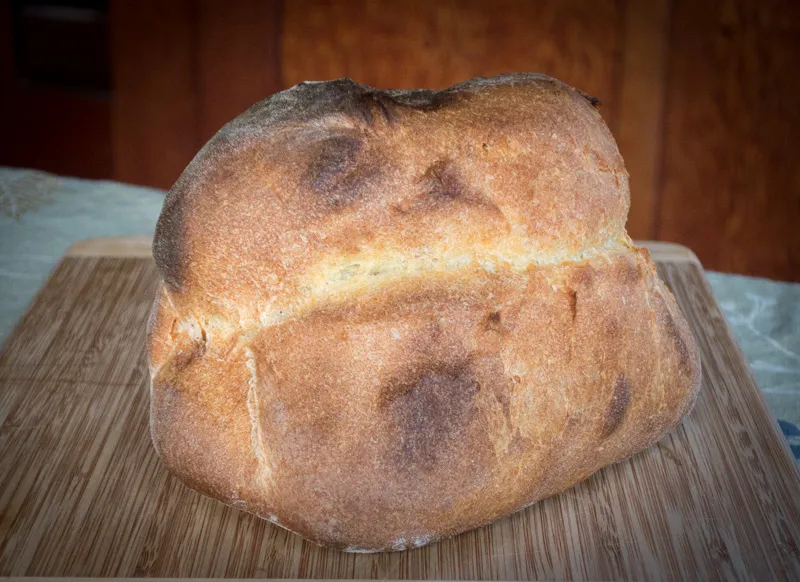
The last few weeks have seen a flurry of Pane di Altamura posts. For me, it started with Michael’s (mwilson) post on the behavior of Durum flour, the semola rimacinata di grano duro used by the bakers in that famous region. Abe (ABakEr) posted a very nice loaf with an open crumb using a pretty inventive technique.
